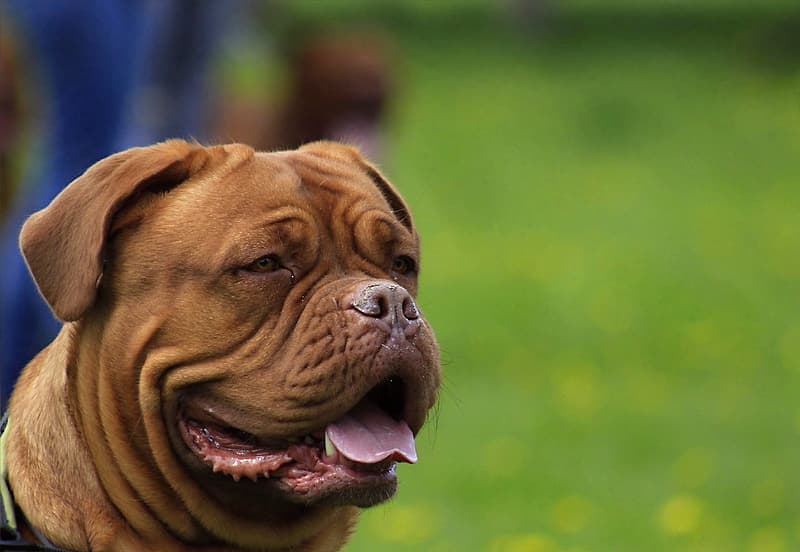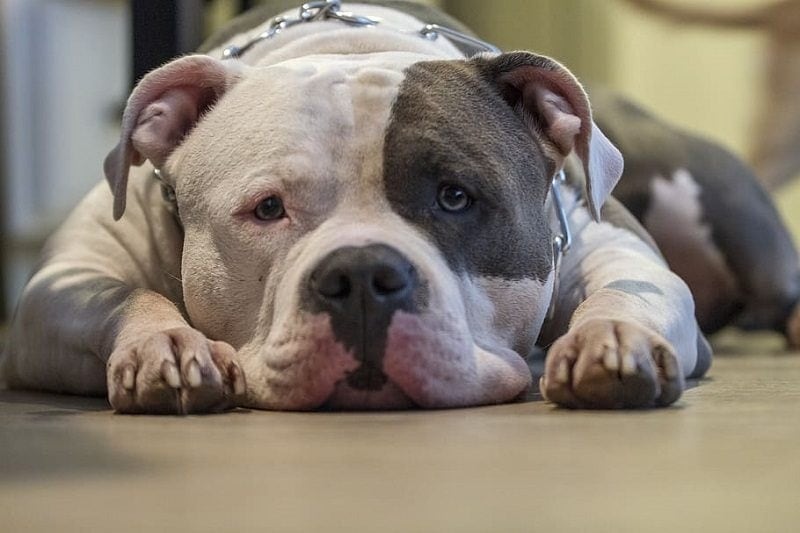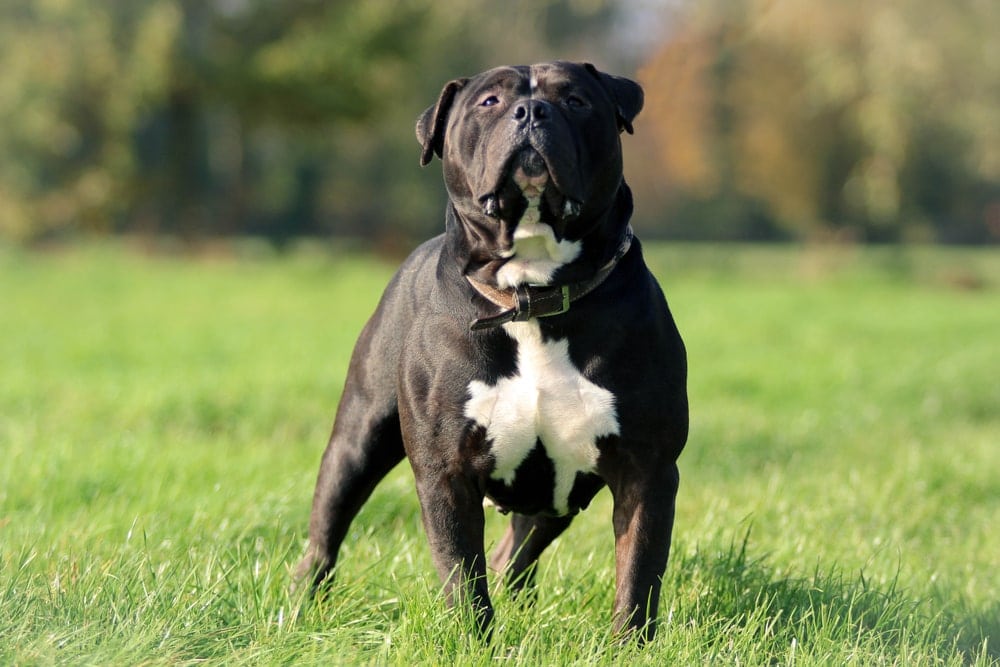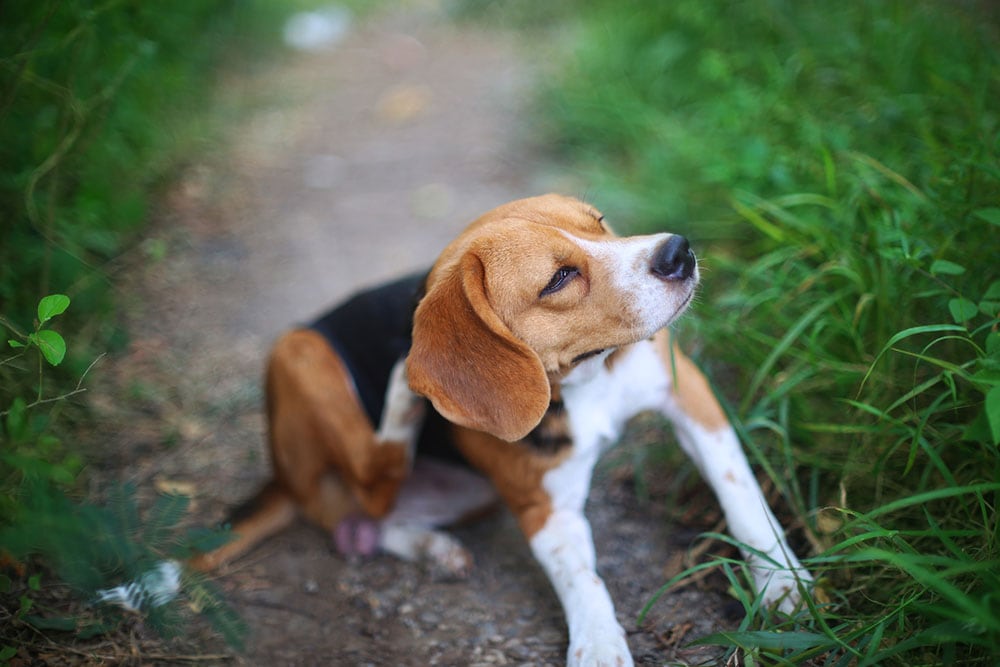Classic American Bully: Info, Pictures & Traits
Updated on

Click to Skip Ahead
The American Bully is one of many newer canine breeds. Most have a long history going back decades, if not centuries. This one is a novel riff on the American Pit Bull Terrier. Many size classes come later in a breed’s history. This one has four official variations and several unofficial ones. The Classic has a lighter frame but is the same height as the Standard.
Breed Overview
| Height: | 13–21 inches |
| Weight: | 60–80 pounds |
| Lifespan: | 8–13 years |
| Colors: | Black, white, gray, brown, blue, tan red, fawn, piebald |
| Suitable for: | Families and singles looking for a close companion |
| Temperament: | Goofy, friendly, sweet |
Classic American Bully Breed Characteristics
https://www.instagram.com/p/CyRZ6jGyKHH/
The Earliest Records of the Classic American Bully in History
The American Pit Bull Terrier’s history goes back to the 1800s when the dog was selectively bred with other established breeds. The Classic American Bully is yet another reincarnation of the so-called “Pit Bull.” It’s a generic term that describes many similarly looking dogs. It also comes with a lot of baggage, some of it being negative.
The American Bully came on the scene in the 1990s in the United States. Divorcing the dog from their ancestors’ infamous past was the impetus for enthusiasts. Instead of being a fighting canine, the hope was to develop a companion animal. The breed looks like a Pit Bull. They are muscular yet compact animals. Unfortunately, some aspects of the breed’s troubled past have lingered.

How the Classic American Bully Gained Popularity
There’s no denying that the American Bully is a handsome dog. Their size and appearance belies their friendly temperament. The Classic variation is less stocky but retains the typical Pit Bull look. The Standard variation was the dog’s role model. Otherwise, the specifications for each one read the same. The lighter frame makes this pup seem less intimidating, a reflection of society’s perception.
That makes the American Bully unique. In addition to the Standard and Classic, there are Pocket and XL classes. The male of the former is 3 inches shorter, and the male of the latter is 3 inches taller. Non-standard sizes also exist, which are not recognized by the American Bully Kennel Club (ABKC). The breed gained popularity by making this pup friendlier and more adaptable.
Formal Recognition of the Classic American Bully
The ABKC was founded in 2004 by enthusiasts anxious to promote and protect the breed. Other chapters exist in Europe, where the breed has also become popular. An official club is an essential step toward formal recognition and for standardizing the animal’s conformation. When it comes to this step, things get confusing. It all relates back to the breed’s name.
The American Kennel Club (AKC) has the American Bulldog in its Foundation Stock Service (FSS), which is the pathway to full recognition. It is not the same breed. This dog is larger and destined for the Working Group. The ABKC also classifies them similarly. This dog’s history goes back to 1121 BC. It’s essential to understand the differences to get the dog you want.
The United Kennel Club (UKC) recognized the American Bully in July 2013. The organization’s official standard mirrors that of the ABKC’s Standard class of the breed, with a height of 17 to 20 inches. Interestingly, viciousness and dwarfism are considered disqualifications. The former gives credence to the fact that enthusiasts wanted a more desirable pet.

Top 3 Unique Facts About the Classic American Bully
1. Three Ear Positions Are Considered Correct for the American Bully
While dogs with cropped ears are permitted, other positions are also acceptable, including the half prick and rose ear. UKC acknowledges the controversy surrounding cropping and permits pups that haven’t undergone the procedure.
2. The American Bully Goes By Other Names

You’ll see the American Bully by other names, which adds to the confusion. They include Bully Pit Bull and Bully Pit.
3. Other Faults or Disqualifications to the Breed’s Standard Include Albinism and Blue Eyes
Other no-nos include protruding or cross eyes. These rules aren’t unusual. Every purebred dog recognized by any official association has similar requirements. Their purpose is to preserve the integrity of the breed.
Does the Classic American Bully Make a Good Pet?
The American Bully is often grouped with Pit Bulls despite being a separate breed. The dog sometimes falls under the umbrella of breed-specific legislation (BSL) of some municipalities and states. It’s worth noting that the United Kingdom issued a ban on the XL American Bully on December 31, 2023, because of public safety concerns. The UK government states that it will be illegal to sell, abandon, give away, and breed an XL American Bully. They have also stated that currently-owned XL Bully must be on a leash and muzzle. Plus, those dogs must have been registered by February 1st.
That fact underscores the importance of researching the dog before getting one. This dog requires consistent, positive reinforcement. You must also train and socialize your pet early to ensure they stay the sweet pooch enthusiasts have strived to create. You should teach your children how to behave around their new pet.
Conclusion
We appreciate the efforts of enthusiasts to develop the American Bully to be a better companion animal. These dogs are muscular and intelligent. They require an owner committed to raising a good family pet. The Class American Bully is a smaller and lighter dog that is still 100% Bully. It’s an exciting opportunity for pet owners to play a role in the breed’s development.
Featured Image Credit: Golland, Shutterstock














